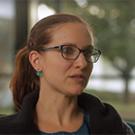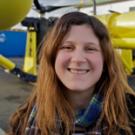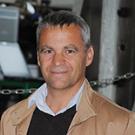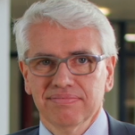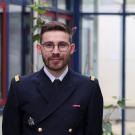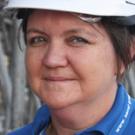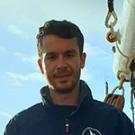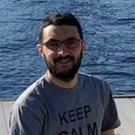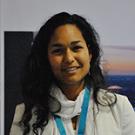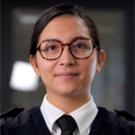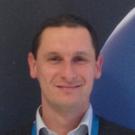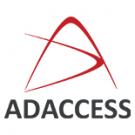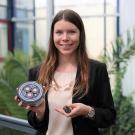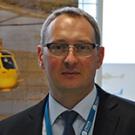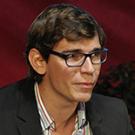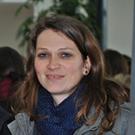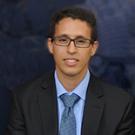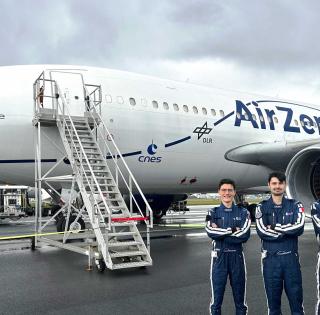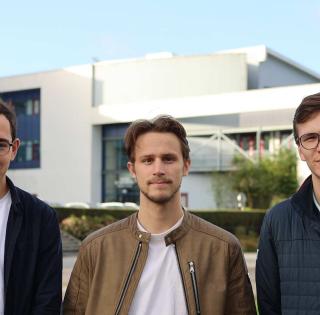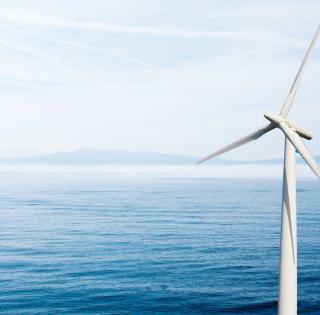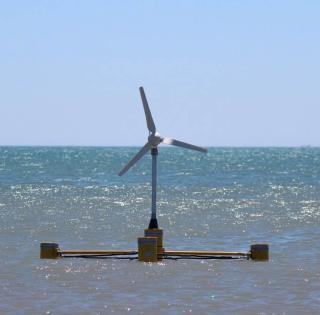
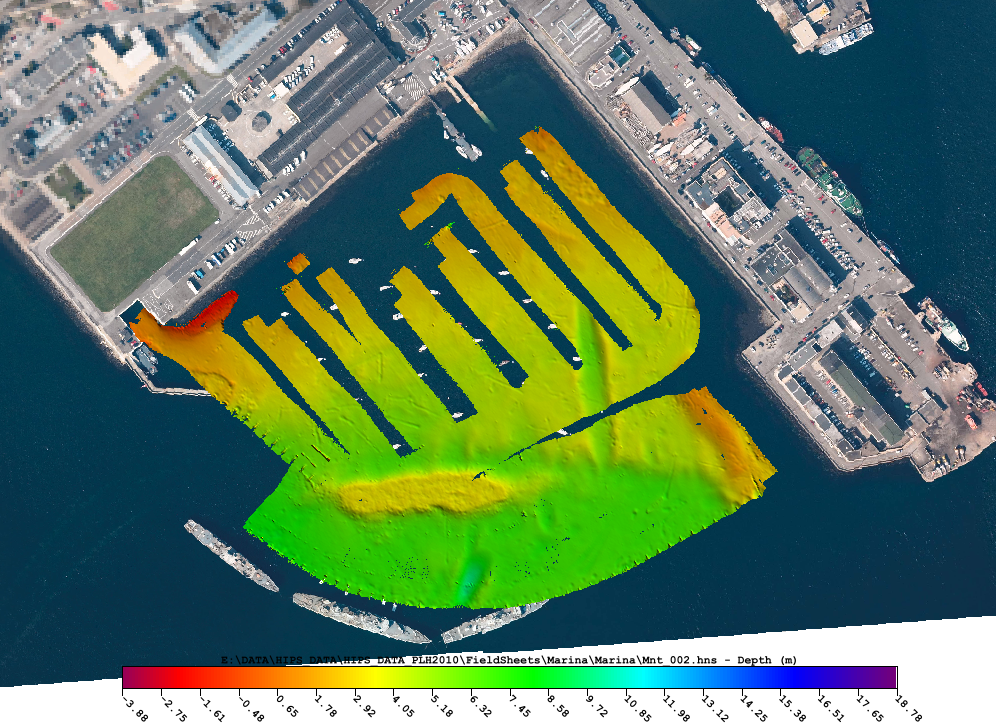
280 competencies assessed
This international recognition, which must be renewed every six years, certifies the course’s compliance with the requirements set by the IHO standard.
This groups the competencies under three main subject types – Basic, Foundation Science and Hydrographic Science. Each of these subject types is further divided into topics and elements. The content and learning outcomes are then listed for each of the sixteen subjects. For example, there are eight Hydrographic Science subjects, which range from surface and subsea positioning techniques to 3D mapping techniques and legal aspects. In this list – which is by no means exhaustive – hydrographic data acquisition and processing represents a strength of the ENSTA Bretagne course with nearly a third of the hourly volume in this category.
Rodéric Moitié, professor of hydrography-oceanography, helped to draft the accreditation application:
For each competency, we had to specify the number of hours of lectures, tutorials and practicals, as well as associated projects. This was a major undertaking which took us several months to complete.
In their report, the group of international experts, which examined 13 applications this year, including 9 in hydrography, highlighted the excellence of ENSTA Bretagne’s application, which culminated in direct recognition.
No requests for additional information were made. This is such a rare occurrence that it is worth mentioning – particularly for Category A, the highest level attainable.
Only 3 of the applications examined in 2022 were awarded direct recognition.

An internationally recognized certification
The International Hydrographic Organization (IHO) is an independent body based in Monaco and an authority in its field. It is made up of various committees, including the IBSC (International Board on Standards of Competence for hydrographic surveyors and cartographers), which is in charge of education. Its objectives are to write and maintain standards and to recognize courses it deems to be compliant.
The Board has ten members, four provided by IHO, four by FIG and two by ICA. They work in academic institutions, governmental agencies and industry, at international level. Together, they update the standard at regular intervals to ensure it meets the requirements of the profession by incorporating technological progress in the field. One of the most recent developments particularly concerns the integration of competencies in connection with subsea positioning.
The benefits are twofold for our students. Thanks to the certification, not only is their degree internationally recognized, but they can also apply for personal recognition at the end of their first hydrographic experience after graduating. This means that engineers at the French Naval Hydrographic and Oceanographic Service (SHOM) in particular can certify the marine maps they produce. Finally, it is a requirement for some businesses. So it is an undeniable plus on our students’ CVs and resumes!.

ENSTA Bretagne’s engineering course in hydrography and oceanography, the only one of its kind in France
A hydrographer-oceanographer is an engineer capable of measuring, describing and predicting changes in maritime and coastal areas. To understand this environment, which is as vast as it is complex, a theoretical and practical skill and knowledge set encompassing many different fields is required. These must make it possible not only to meet the priority need for navigational safety, but also to support a whole range of sea-related activities, including spatial planning (construction of ports, offshore infrastructure, etc..), environmental protection and marine resource management.
Hydrography and oceanography are demanding subjects that must constantly factor in technological advances regarding sensors, the implementation of new carriers, development of acquisition techniques or methods and techniques to process, manage and view data. ENSTA Bretagne supports its students in these major developments.
In 2023, thanks to the acquisition of a new hydrographic craft, new acoustic probes and a surface drone financed by the State-Region planning agreement (CPER), it will be possible to continue meeting these requirements.
The team in charge of this course also plays an active part in national and international research projects through Lab-STICC and Roscoff’s centre for research and higher education in marine biology and ecology (SBR). Research topics include knowledge and description of the marine environment and climate observation.












